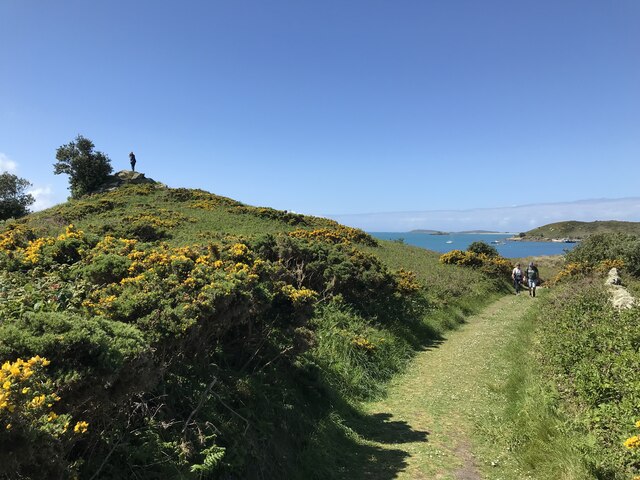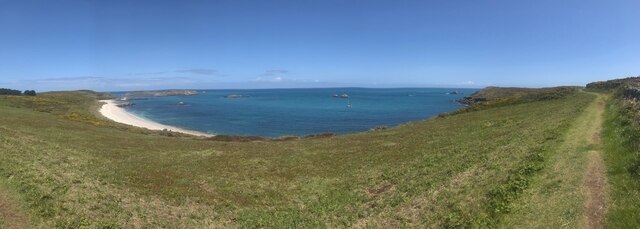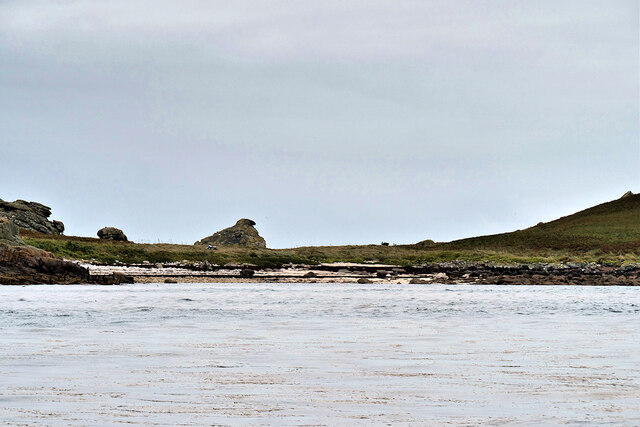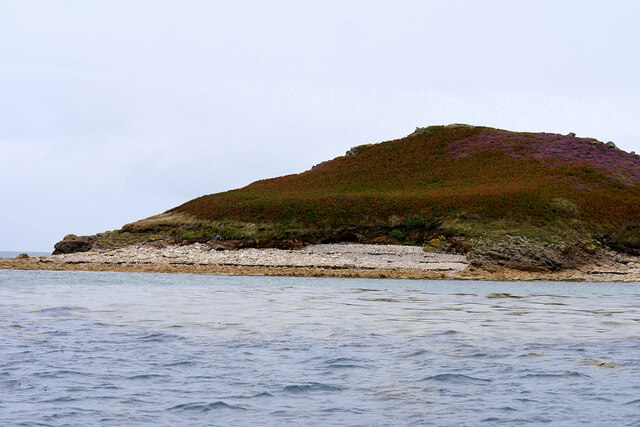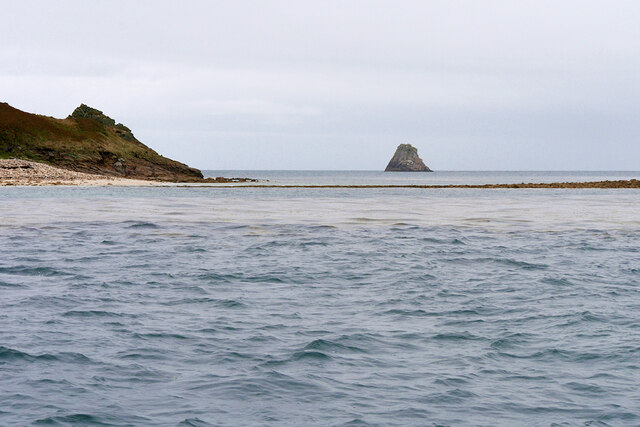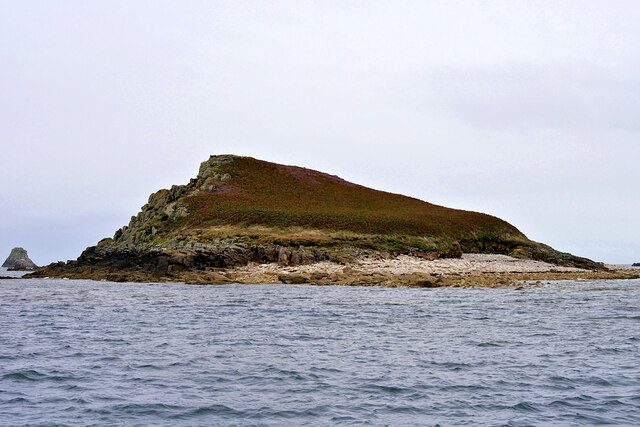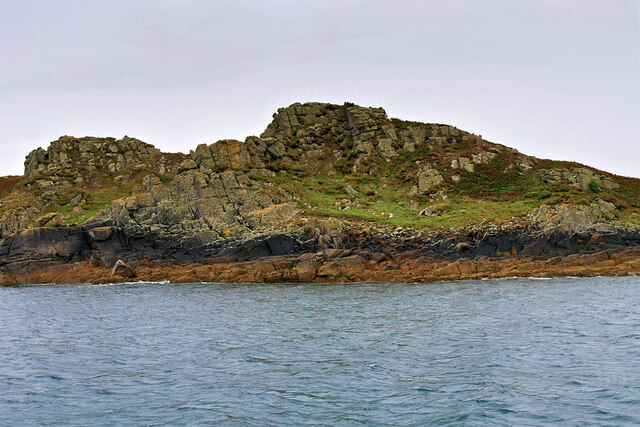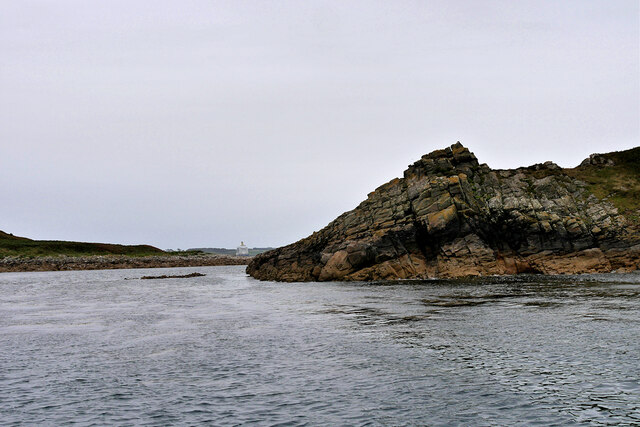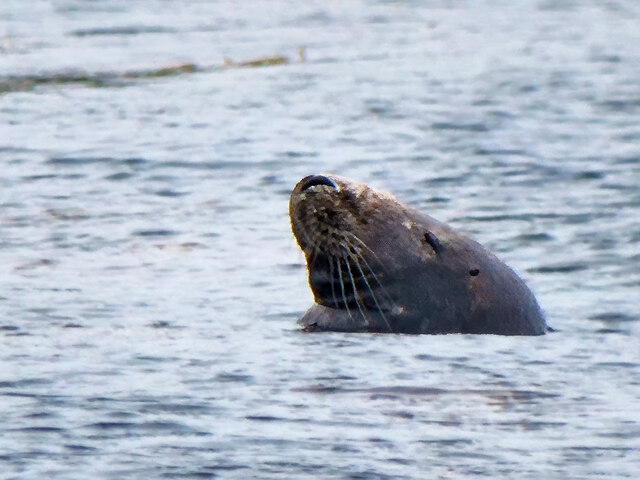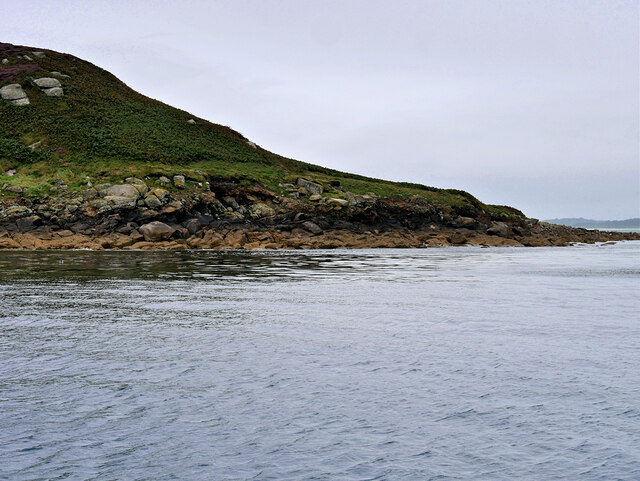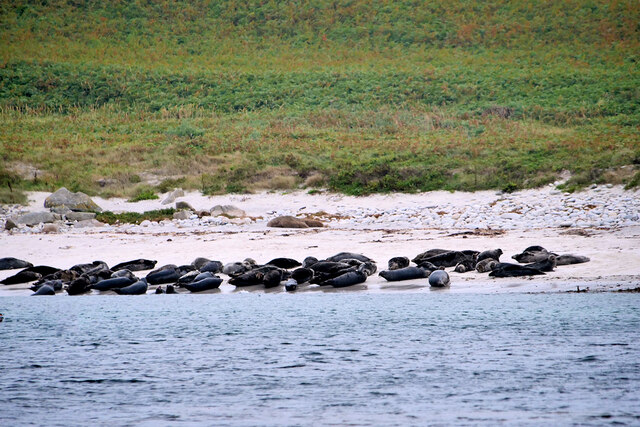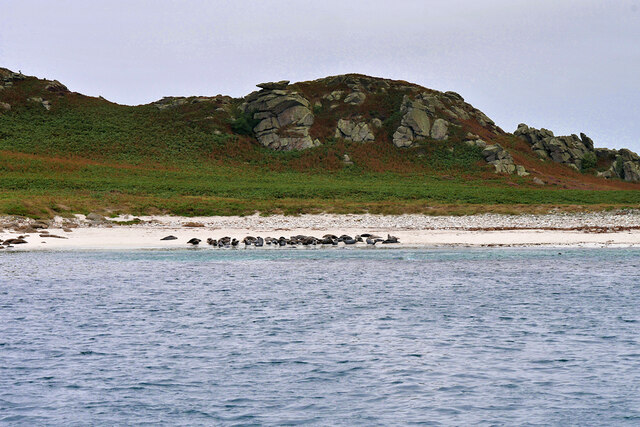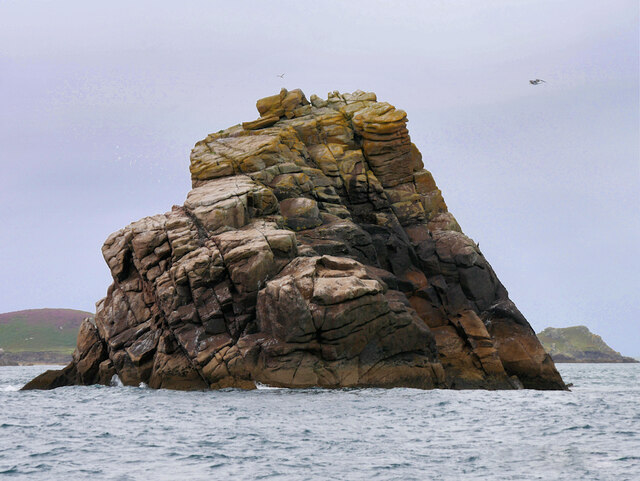North Chapel
Coastal Feature, Headland, Point in Cornwall
England
North Chapel
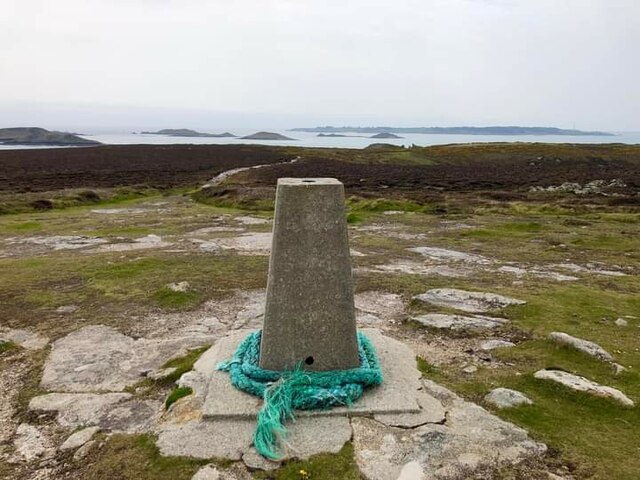
North Chapel is a picturesque coastal feature located in Cornwall, England. It is a prominent headland that juts out into the Atlantic Ocean, offering breathtaking views of the surrounding coastline. With its rugged cliffs, pristine sandy beaches, and clear blue waters, this point is a popular destination for both locals and tourists.
The headland is characterized by its towering cliffs, which reach heights of up to 100 meters in some areas. These cliffs provide a dramatic backdrop to the stunning coastal scenery, and also serve as nesting sites for a variety of seabirds, including puffins, kittiwakes, and fulmars. The area is designated as an Important Bird Area, highlighting its significance for avian species.
At the base of the headland lies a beautiful sandy beach, which stretches for several kilometers. This beach is renowned for its clean waters and golden sands, making it a perfect spot for sunbathing, picnicking, and leisurely walks along the shore. The surrounding waters are also popular among surfers and water sports enthusiasts, who take advantage of the powerful Atlantic waves and favorable wind conditions.
North Chapel is easily accessible by foot, with well-maintained coastal paths leading visitors to the headland. There are also several car parks nearby for those who prefer to drive. The area is well-equipped with facilities, including public toilets, picnic areas, and a visitor center that provides information on the local flora and fauna.
Overall, North Chapel is a must-visit destination for nature lovers and outdoor enthusiasts, offering a unique blend of stunning coastal scenery, diverse wildlife, and recreational opportunities.
If you have any feedback on the listing, please let us know in the comments section below.
North Chapel Images
Images are sourced within 2km of 49.968299/-6.2617046 or Grid Reference SV9416. Thanks to Geograph Open Source API. All images are credited.
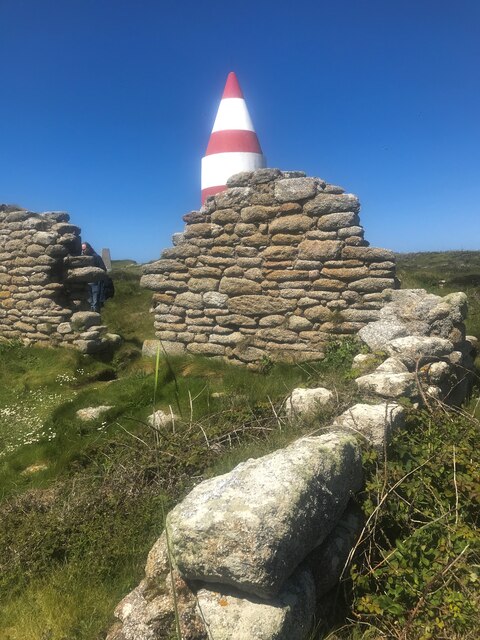
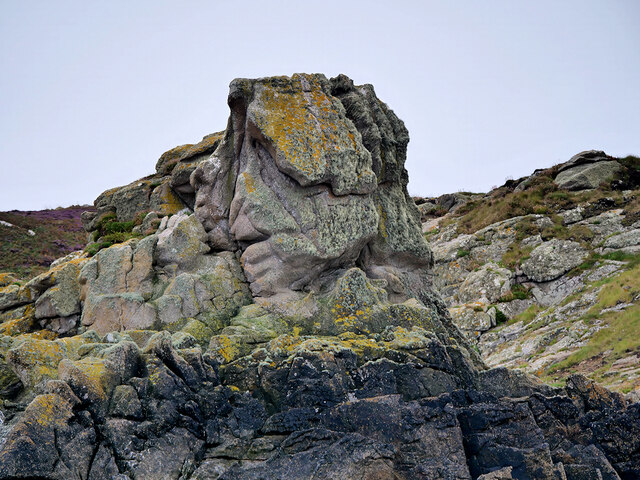
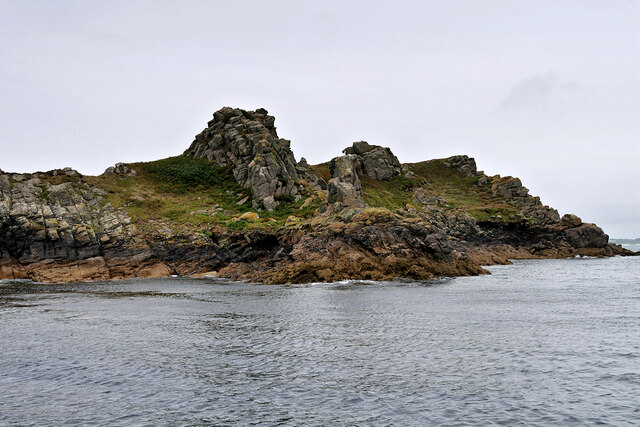
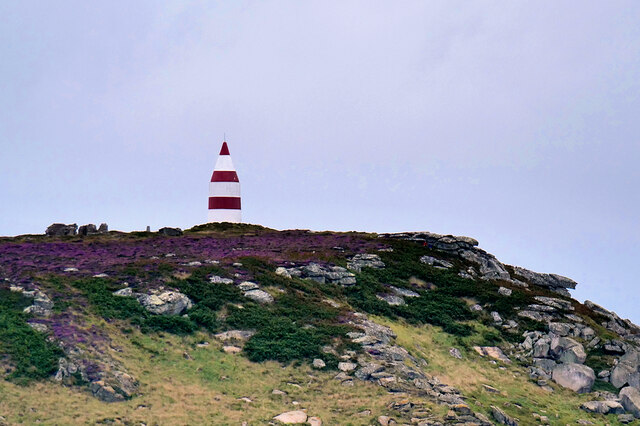
North Chapel is located at Grid Ref: SV9416 (Lat: 49.968299, Lng: -6.2617046)
Division: Isles of Scilly
Unitary Authority: Isles of Scilly
Police Authority: Devon and Cornwall
What 3 Words
///cavalier.pens.drops. Near St Martin's, Isles of Scilly
Nearby Locations
Related Wikis
PS Earl of Arran (1860)
PS Earl of Arran was a passenger vessel operated by the Ardrossan Steamboat Company from 1860 to 1871 and the West Cornwall Steam Ship Company from 1871...
St Martin's Church, St Martin's
St Martin's Church, St Martin's is a Grade II listed parish church in the Church of England located in St Martin's, Isles of Scilly, UK. == History... ==
Higher Town, Isles of Scilly
Higher Town (Cornish: Trewartha) is the easternmost and largest settlement on the island of St Martin's in the Isles of Scilly, England. It is situated...
St Martin's Methodist Church, Isles of Scilly
The Methodist Church, St Martin's, Isles of Scilly is a Grade II listed chapel in St Martin's, Isles of Scilly. == History == Bible Christians arrived...
Nearby Amenities
Located within 500m of 49.968299,-6.2617046Have you been to North Chapel?
Leave your review of North Chapel below (or comments, questions and feedback).
